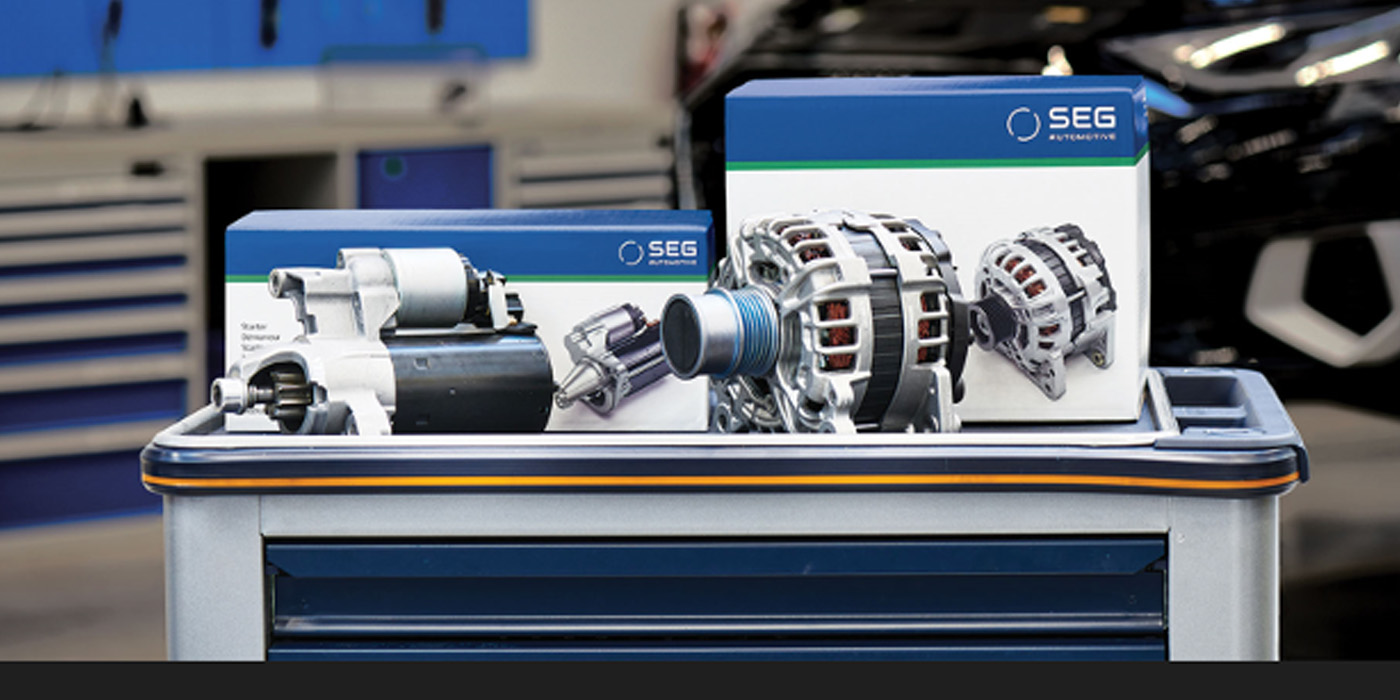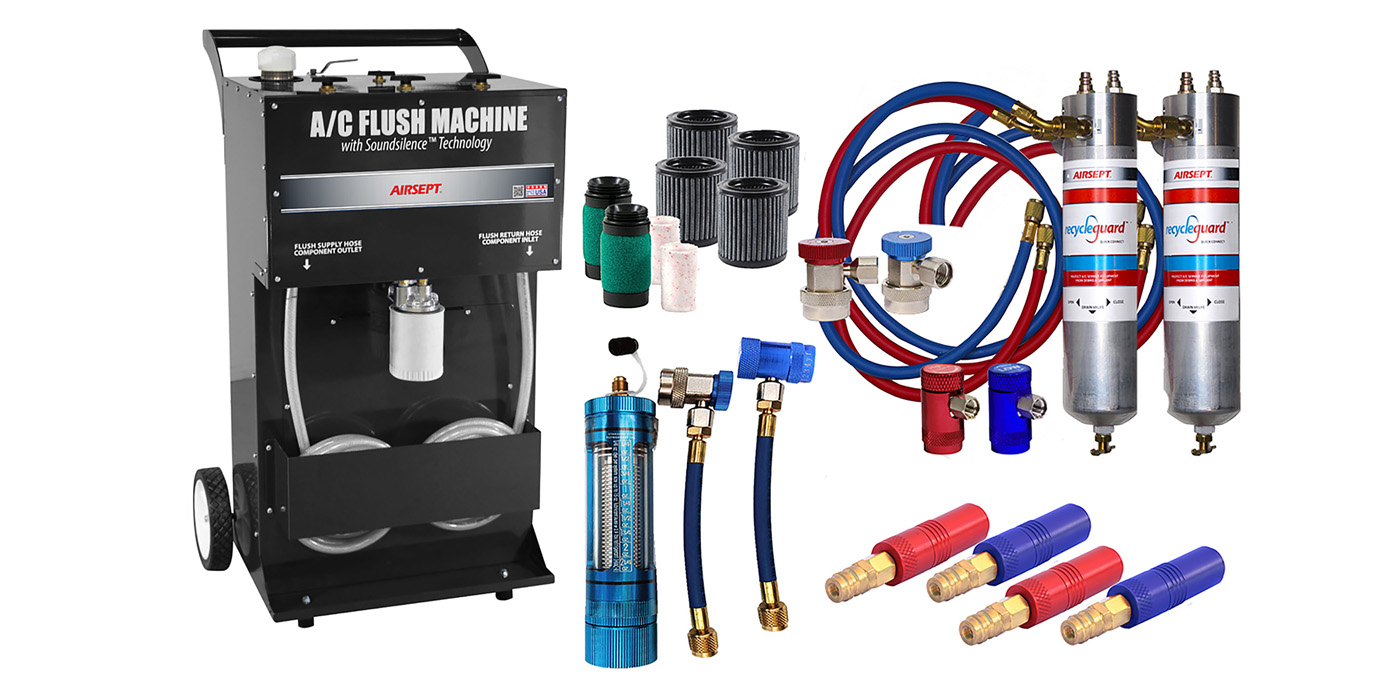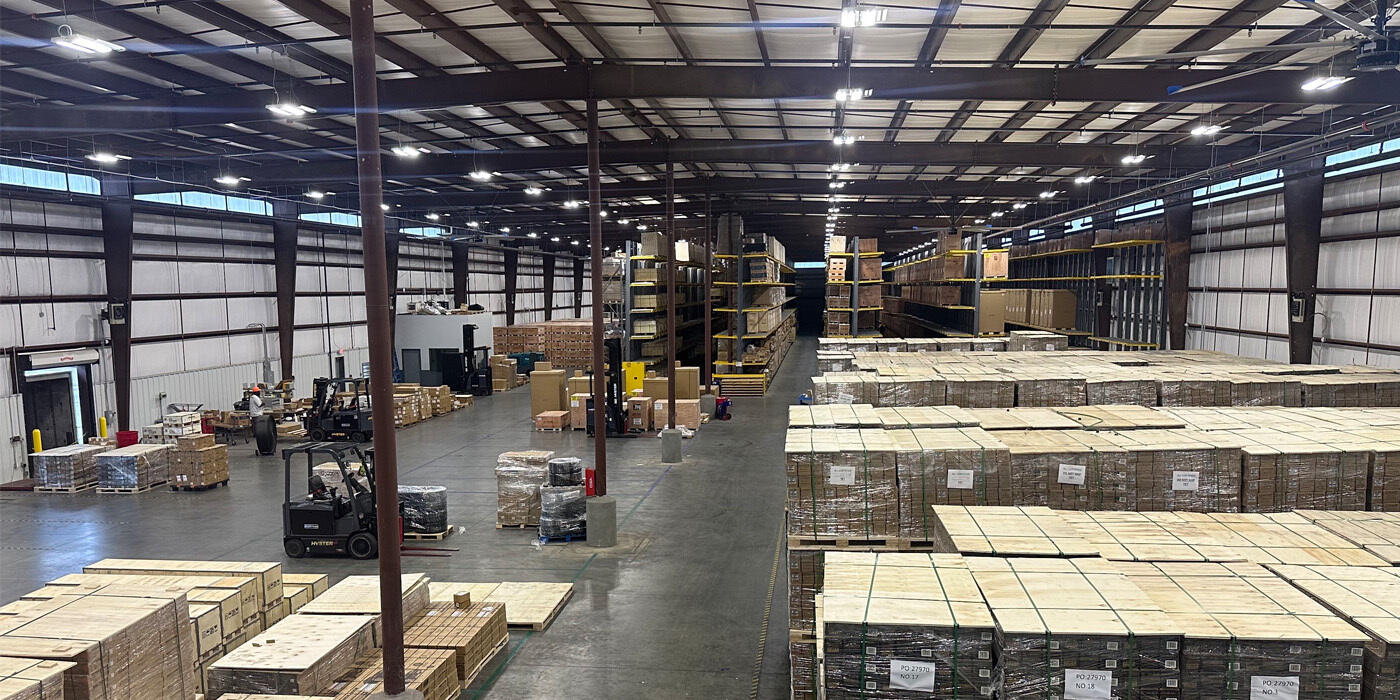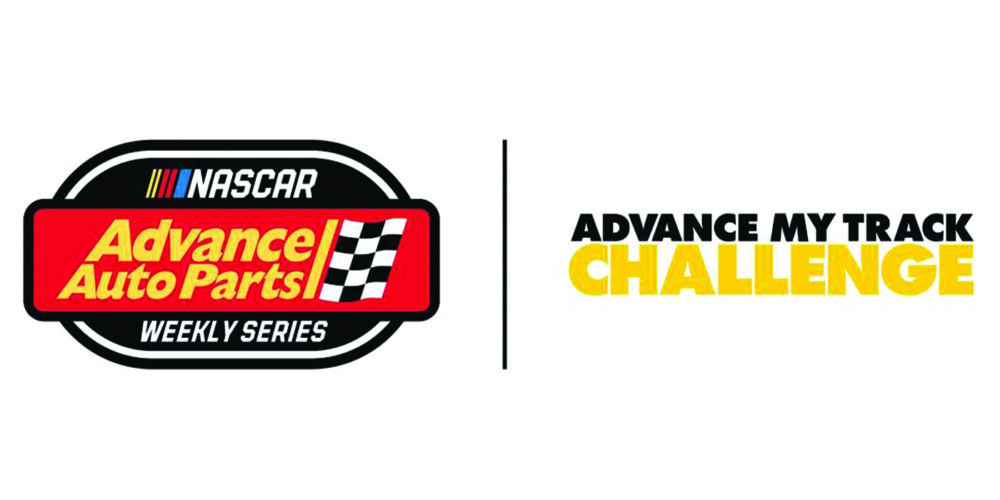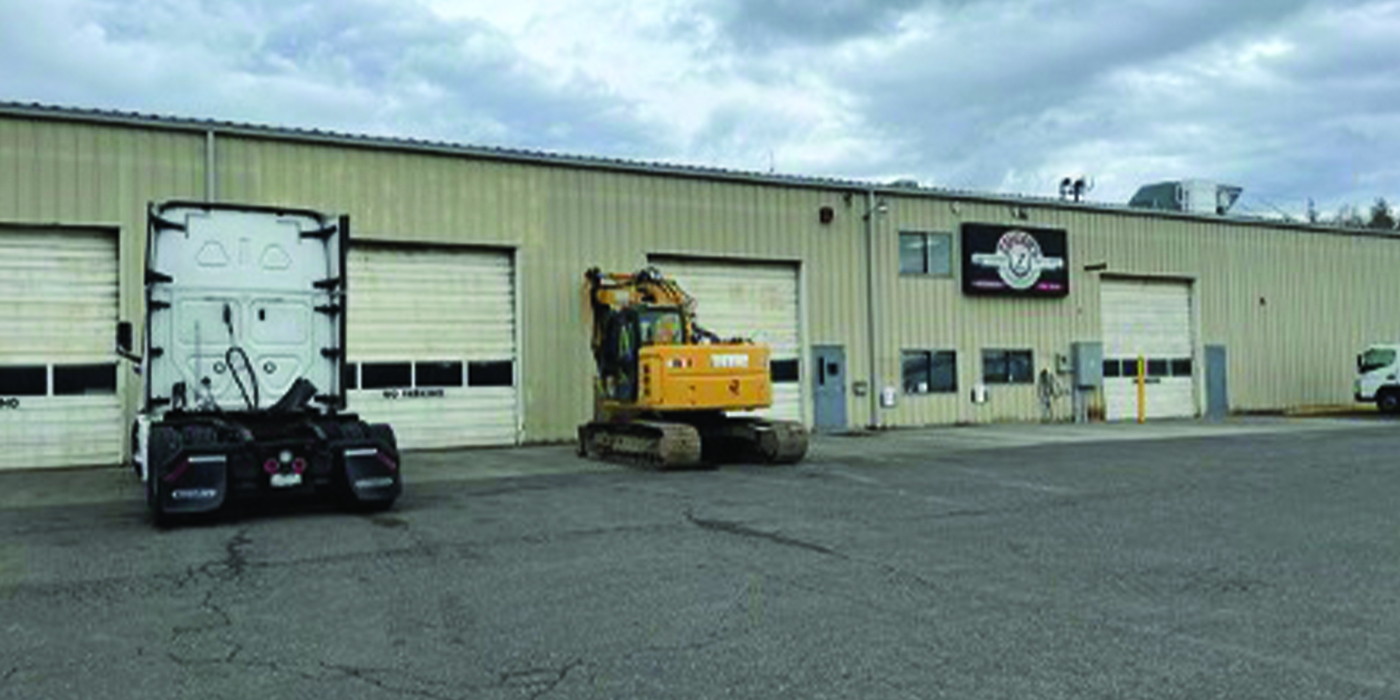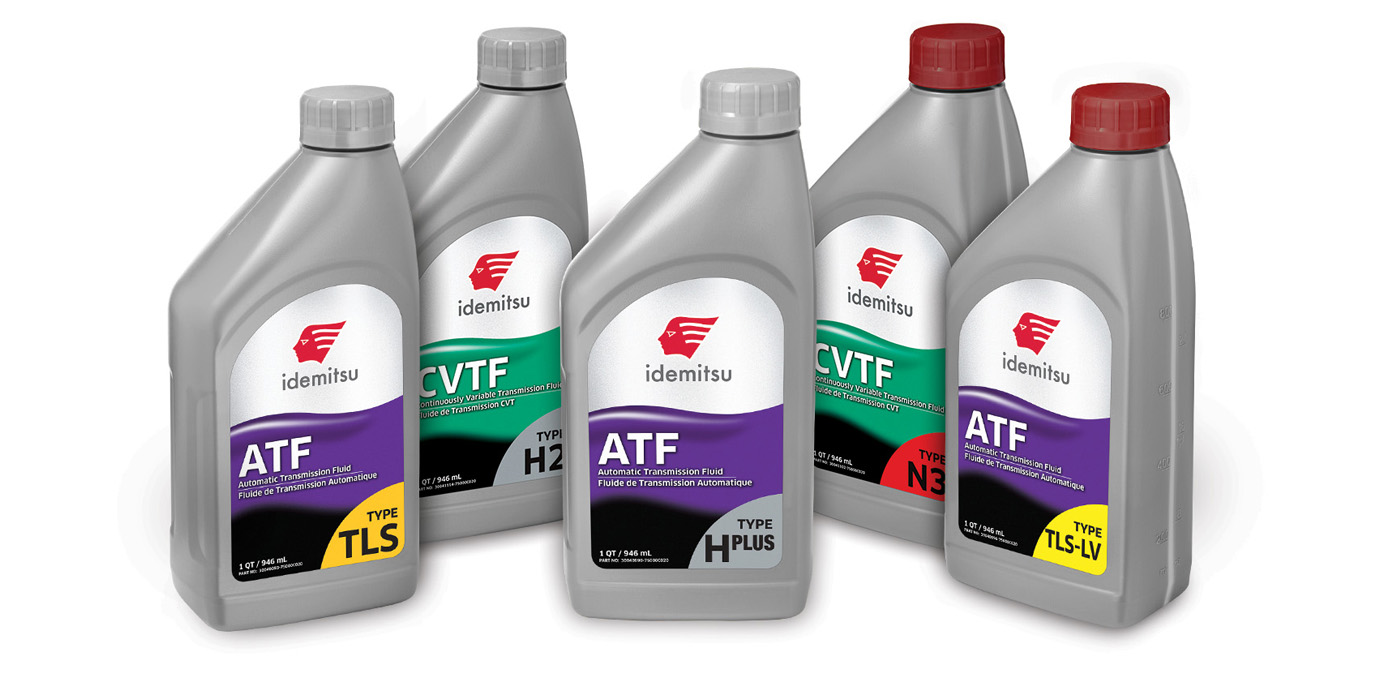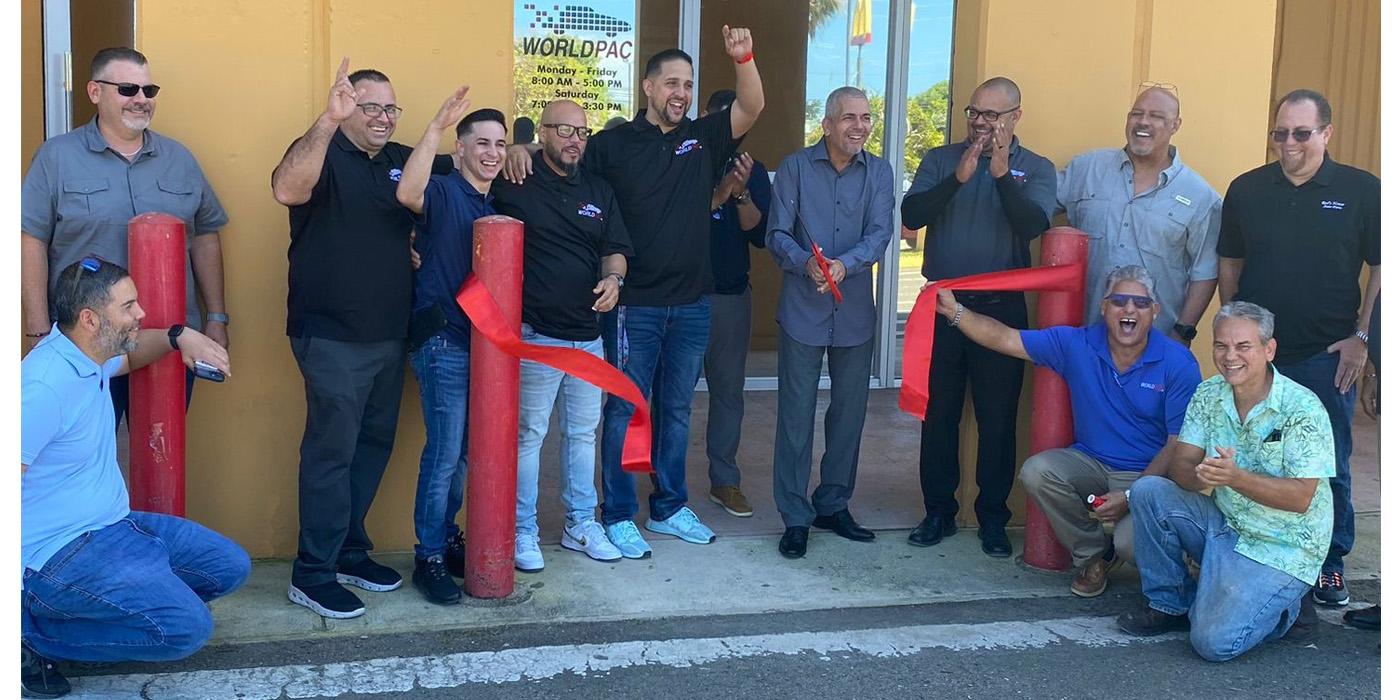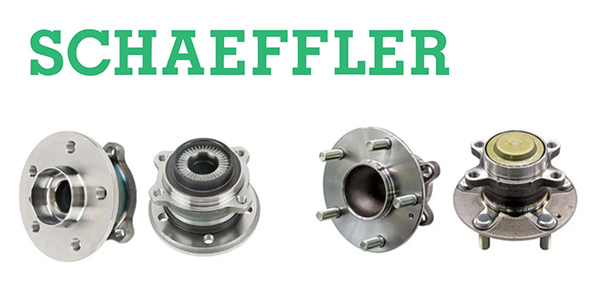This article, contributed by Tom Cook, is courtesy of AftermarketNews.
All companies engaged in the global supply chain seek to lower the “landed costs” on their goods in imports and exports sales, purchasing and operations.
While there are numerous components that make up “landed costs,” duties, taxes and tariffs are a huge factor and can often be a detriment to global trade.
Duties, taxes and tariffs are costs borne by the importer as the goods enter a country. These fees are assessed by the country’s local customs authority. In the USA, this is the U.S. Bureau of Customs Border and Protection (CBP).
These fees are determined by what the product is and where it is from. The “what” is known as the HTS (Harmonized Tariff Schedule) and the “where” is the actual origin country of the product.
While some of the guidelines are standardized from one country to another, we must understand that the customs rules and their interoperation often vary differently from one country to another. Sometimes the differences are slight and in other countries the differences are huge.
The importer of record (IOR) has the primary responsibility to determine the correct HTS and origin upon entry of the goods for customs clearance in the country of import.
Most importers utilize the services of freight forwarders, customhouse brokers and/or 3PL’s to provide these clearance services, as well as rely on their expertise to accomplish the clearance process in a successful and compliant manner.
Importers may also obtain the assistance of these service providers in determining the correct HTS classification and
the origin.
Importers are legally responsible to exercise:
• Due Diligence
• Reasonable Care
• Supervision & Control
These standards are the responsibility of the importer of record (IOR). If the IOR outsources the responsibility to a customs broker, under the “supervision & control” standard, the IOR is still responsible for supervising and controlling for the statements and information provided by this third-party on their behalf.
This standard requires the importer to have a working knowledge of the import regulations and be able to properly supervise their outsourced provider.
Customs recognizes that an importer may need guidance in the clearance process. This may be received from CBP, a qualified consultant, a customs attorney or a practitioner that has expertise in customs regulations.
It is critical to understand the steps in managing duties, taxes and tariffs. The first is to understand how the import regulations apply, followed by learning what measures can be taken to mitigate the risk and cost associated with duties, taxes and tariffs. If the origin and the classification are the controlling factors, it is important to understand that this is where the answers lie to mitigation.
For example, Section 301 tariffs on certain goods exported from China into the U.S. may add as much as a 25% surcharge to the import landed cost. This resulted in many companies seeking out alternative sourcing options to avoid this surcharge.
In addressing alternative sourcing options, nearshoring, reshoring and friend shoring – countries such as but not limited to Vietnam, S. Korea, Taiwan, Malaysia – all presented viable options.
In some situations, the acquisition cost may have been higher, but when calculating the landed cost, with the 25% duty eliminated, the comparison demonstrated a viable alternative to the importer.
Companies involved in aftermarket sales, where margins are tight, can benefit from this type of analysis and mitigation strategy.
Another strategy involves the Harmonized Tariff Schedule, or what the product is, from CBP’s perspective.
First, we want to make sure we are utilizing the proper HTS number. It can be possible that the correct HTS number, when changed, will offer a lower duty rate.
Secondly, what we refer to as “Tariff Engineering” is a legitimate manipulation of a product’s design or materials that impacts its classification and potentially lowers the duty rate.
The choice of materials, the functionality of the product, product specifications or qualities all impact how a product is classified.
For example, changing the make-up of the materials utilized in fabrics, such as the mix of cotton, rayon, nylon, etc. will change the classification of a product. Features such as changing the product to be waterproof and adding other qualities may also change the tariff classification and impact the duty rate.
Another example may be how the product is designed; for example, for personal utilization or for commercial application, may have an impact.
How parts and equipment are assembled and utilized can also have an impact on the classification as well as the origin.
The amount of “value-add” in the manufacturing or assembly process can also impact how CBP will view the origin and/or the HTS, therefore directly impacting the duty rates.
Tariff Engineering requires R&D, engineering, and technical support, as well as guidance from trade professionals that can assist in interpreting the import regulations and research prior CBP rulings.
CBP has a great resource called CROSS which is a searchable database of CBP rulings that can be retrieved based on simple or complex search characteristics using keywords and Boolean operators. CROSS has the added functionality of cross-referencing rulings from the initial search result set with their modified, revoked or referenced counterparts.
Rulings collections are separated into Headquarters and New York and span the years 1989 to present. Collections can be searched individually or collectively.
CROSS can be an excellent resource in managing the impact of duties and tariffs on
landed costs.
Duties, taxes and tariffs often emanate from political and economic positions from government offices and agencies. We witnessed this when President Trump put forward the 232 and 301 Tariffs in his first year in office.
China then secured retaliatory duties. We have seen these similar actions in the EU, Australia, Mexico and Canada.
Personnel in the aftermarket engaged in global supply chain purchasing, sales and operations need to pay attention to the political and economic situations in the countries they do business in, as regulations impacting duties and tariffs change frequently with both positive and negative consequences.
Additionally, trade organizations’ lobbying efforts should be followed with the Executive Branch and Congress. These efforts seek to keep open free trade concepts and minimize the utilization of duties and tariffs as political and economic weapons in global affairs.
Studies have been accomplished that clearly demonstrate the negative impact of tariffs on manufacturing, distribution, and trade costs in the global supply chain.
While many tariffs are designed to protect industries or certain markets, they generally wreak havoc in global trade and have negative impacts.
The automobile industry, its suppliers and ancillary industries such as the aftermarket are significantly impacted by duties, taxes and tariffs.
In controlling “landed costs,” duty and tariff mitigation as outlined above are all good strategies, but there are other options that also should be considered:
• Utilization of Foreign Trade Zones
• Consolidating Transportation Providers and Carriers
• Running annual Freight RFP’s
• Choice of INCO Terms
• Alternative Sourcing
• Free Trade Agreements
• Location and methodology in warehousing, fulfillment, and distribution
• Utilization of Technology
• Demand Planning Systems
In summary, developing strategies in tariff mitigation is a viable solution to duty and tariff management and ultimately lowering landed costs and enhancing your company’s competitiveness in both import and export purchasing
and sales.
Thomas Cook is Managing Director of Blue Tiger International, a global consultancy advising on supply chain management, trade compliance, purchasing, trade and disruption management, global business and logistics. For more information, go to www.bluetigerintl.com. Tom can be reached directly at [email protected].


